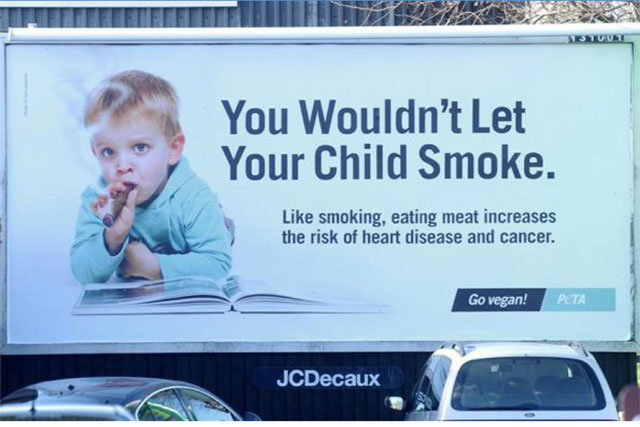Creative Critical Reflection
Remember
- PRESENTATION is important (check you have pictures/ photos / colours and that the writing and placement of graphics or backgrounds isn't distracting)
- BLOG TOOLS - each question needs a DIFFERENT blog tool EMBEDDED into blog
Some good examples
Question 1
How does your product USE or CHALLENGE conventions? How does it represent social groups / issues?
(Think sound, lighting, narrative structure, editing, camera work, symbolism and iconography)
- make a list of conventions used, are they conforming to the norm or challenging the normal thriller conventions?
- This needs to be at least 5 slides with DETAILS and showing links to clips/ movies you used as inspiration. Do NOT just list things, EXPLAIN them, show photos of what you wanted to achieve as a convention and what you did achieve
Question 2
How does your product engage with audiences? How would you distribute it as a real media text?
(What effect does it have on audiences? What emotions do you evoke in audience members?)
- Think about and comment on the following;
- Who is your target audience (use demographics research we did in class - GEN Z/ i-gen content.
- Why would this appeal to this audience range?
- How are you going to distribute this product BASED ON what you know about your target audience? (Do they go to the cinema? What sort of marketing would you use? What examples of viral marketing would you try and copy? What platforms would you make this available on and how?)
- characters (what characters did you choose to use? Can audiences identify with any of them? Are they scary / mysterious? Is there a vulnerable character that the audience sympathises with?
- narrative - what sort of story line does your film have? Think about narrative structure - are there certain aspects of the story that are revealed at the end? Is there enigma in your story? Is there a cliffhanger?
- point of view - is your film made from a certain point of view?
- How does the thriller genre in general 'hook' or engage audiences? (do a bit of research)
- What editing/ music choices have you used to build suspense and engage audiences?
Question 3
How have your PRODUCTION skills developed throughout the project? (pre-production, production and post-production. What have you learnt to do?
- comment on the learning process. What did you find hard? What did you enjoy doing? What was a challenge and
- what were peer revision/ comments on your rough edit? What did they suggest you change? What did you end up changing?
- what went well in the filming process that you'll do again? What will you do differently next time?
Question 4 - How did you integrate technologies into this project?
(Software, hardware and online)
- Photos! List photos, screenshots, videos and explanations of every website, software, Youtube tutorial, camera, sound gear/ microphone etc, you used to plan, write scripts, look up info on sound effects, convert Youtube music to MP3's, edit, after effects etc









